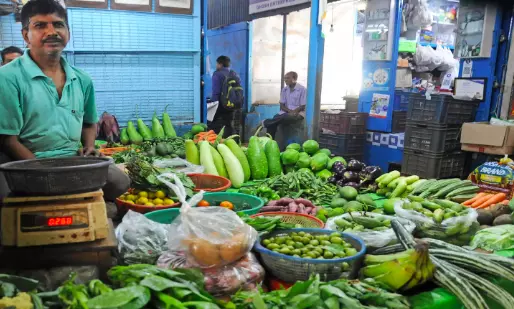Long term measures needed to curb vegetable price volatility

Chennai: Being the most volatile component, vegetable prices in FY24 did not follow a seasonal pattern of surging in summers and withering in winters when fresh stocks arrived in the market. Technologies such as cold storage that can prolong the shelf life of vegetables are needed to curb the volatility.
This March, vegetable inflation printed at 28.3 per cent, down from 30.2 per cent in February but way higher than the 8.4 per cent deflation seen a year earlier. FY24 saw huge volatility, from a low of -7.9 per cent in May 2023 to a high of 37.4 per cent in July 2023. Vegetables were responsible for about 30 per cent of food inflation in FY24, much higher than their 15.5 per cent share in the food index. While surging prices of tomatoes and onions made headlines in FY24, the price rise was not limited to these vegetables. Garlic and ginger saw triple-digit inflation of 117.8 per cent and 110 per cent, according to Crisil.
Vegetable inflation in India remains the most volatile component of food inflation. Due to disturbances like warmer weather, uneven rains, and pest attacks, the vegetable price index not only missed its typical seasonal winter decline but also outran the seasonal uptick last year. As climate risks mount, there is a need to mitigate its impact on vegetable production and prices.
Remedial measures, such as creating buffer stocks and even imports, are ineffective solutions, given the perishable nature of vegetables. Short-term solutions, such as restricting hoarding and curbing exports only bring temporary relief.
Technologies such as cold storage can prolong the shelf life of vegetables, but India comes up short on such infrastructure. It is crucial to adopt measures such as improving cold storage facilities, promoting the use of hybrid weather-resistant seeds, and reducing post-harvest losses, said Crisil.

